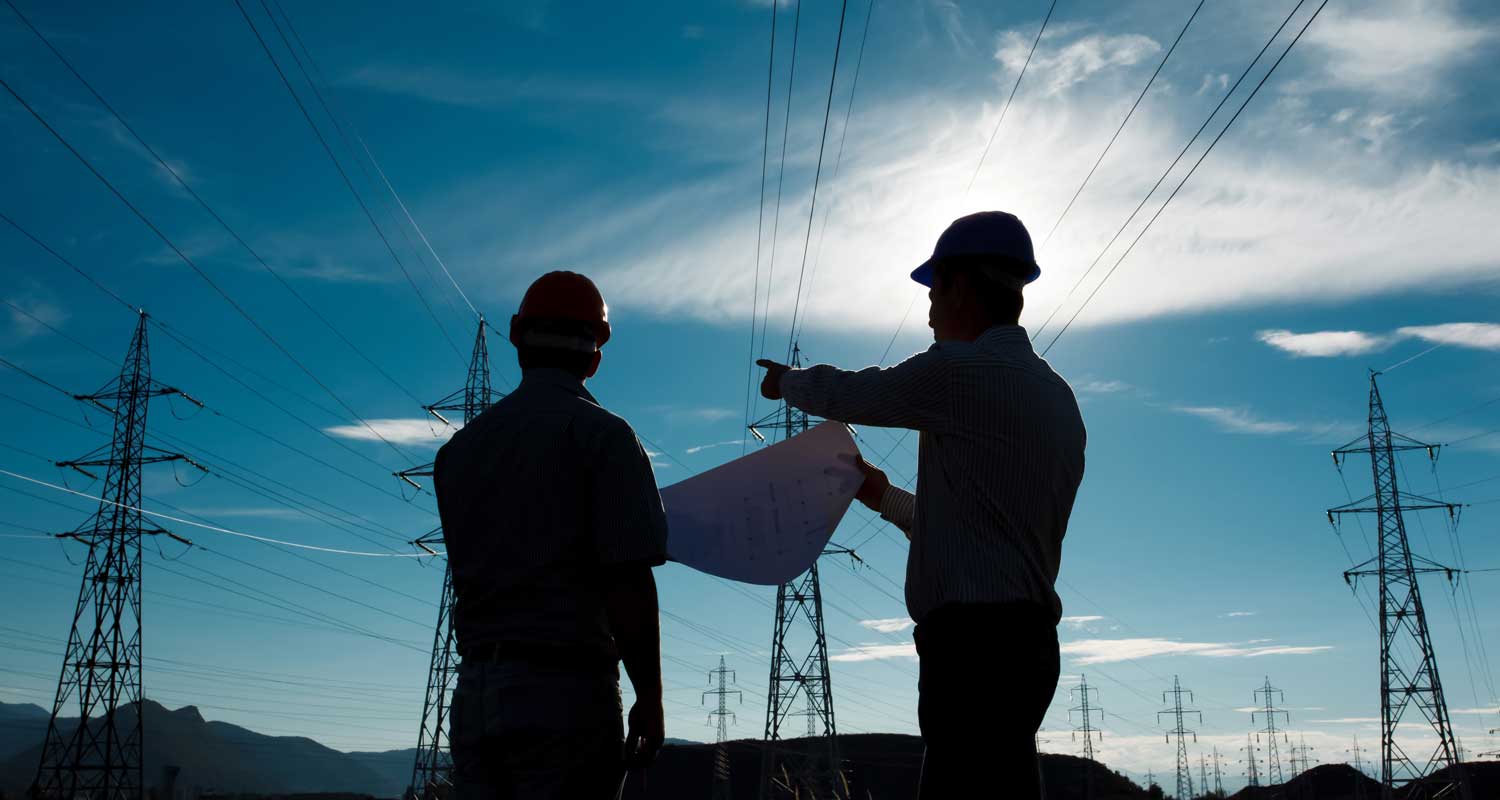 Eskom has run a successful pilot of virtual wheeling, which will allow companies with multiple offtake sites to connect to generators using the Eskom or municipal grids.
Eskom has run a successful pilot of virtual wheeling, which will allow companies with multiple offtake sites to connect to generators using the Eskom or municipal grids.
Electricity wheeling mechanisms play a key role in facilitating the optimal integration of renewable energy resources into the grid.
Wheeling across high- and medium-voltage lines has been the focus of Eskom’s wheeling strategies to date, but the proposed introduction of virtual wheeling, a new product offering by Eskom, opens opportunities for companies with multiple smaller and low-voltage loads scattered across various geographies in South Africa to participate in the market.
What is wheeling?
Wheeling is the delivery of energy from a generator of renewable energy to an end user (the offtaker or buyer) situated in another area. This is achieved using Eskom or municipal transmission or distribution networks.
In South Africa, wheeling arrangements have traditionally been concluded between larger generators and buyers of electricity connected at medium and high voltages (higher than 1kV). Under this approach, there is a direct relationship between the generator and the buyer. Eskom charges the generator and the buyer for the use of the Eskom grid and credits the buyer’s bill for the electricity delivered to the buyer but not supplied by Eskom at the end of each month.
The traditional wheeling methodology works for larger buyers. However, it needs to be adapted for two primary reasons.
The first is that the traditional wheeling mechanism is designed to service large consumers of electricity, typically one generator selling to one or two buyers. It does not adequately cater for several low- to medium-voltage consumers.
The second reason is that traditional wheeling has been inaccessible to buyers in most municipal distribution networks. Many municipalities lack the necessary wheeling protocols, including use-of-system tariffs, and do not have the infrastructure to accommodate the necessary billing, metering and data processing systems for wheeling transactions using both Eskom and municipal distribution networks to a buyer supplied by the municipality.
In an attempt to overcome these complexities, in July 2023 Eskom announced a new product, the virtual wheeling platform.
How will virtual wheeling work?
The virtual wheeling platform connects buyers that have multiple offtake sites to generators via Eskom or municipal grids. This requires an automated process to collect, aggregate and report time-of-use data for energy generated and consumed by generators and buyers in order to provide a refund to the buyer for wheeled energy delivered to all of its offtake sites on a consolidated basis.
Read: Vodacom to wheel power over Eskom’s grid
There are three key differences between the traditional wheeling mechanism currently being implemented and the virtual wheeling platform introduced by Eskom:
- Instead of processing a credit to an account for each offtake site of a buyer for the electricity sold by a private generator, a buyer must settle its Eskom bill in full and at the end of the month a single refund will be processed to one account of the buyer. A consolidation exercise will be undertaken through Eskom’s virtual wheeling platform to measure the energy produced by generators and used by buyers. The platform will enable Eskom to aggregate time-of-use energy generation and consumption data across multiple distributed offtaker sites for the purpose of calculating the monthly refund payable to the buyer. In summary, it will facilitate access to wheeling for low to medium energy buyers and offtakers with a distributed consumption base.
- The virtual wheeling platform will be able to aggregate energy generation and consumption data into Eskom time-of-use periods (standard, peak and off-peak) in hourly intervals. Traditionally, energy generation and consumption data has been aggregated at monthly intervals. Eskom has stated that it is developing an API interface to generate hourly data which will be used for calculating refunds.
- According to Eskom, to participate in virtual wheeling, buyers will be required to conclude a virtual wheeling agreement and a back-to-back virtual wheeling platform agreement with a virtual wheeling platform vendor, which is appointed by the buyer and certified by Eskom to interoperate with Eskom’s systems. This differs from traditional wheeling, which requires an amendment to the buyer’s electricity supply agreement and the generator’s connection and use-of-system agreement to identify the generator and the buyer, and to provide for the tariff offset. Under virtual wheeling, these documents remain in place and are referenced in the virtual wheeling agreements.
What requirements will the buyer be required to satisfy?
In addition to the virtual wheeling agreements mentioned above, buyers will be required to establish meter access for Eskom and the virtual wheeling platform with generators under their existing power purchase agreements.
Meters will need to be linked to the virtual wheeling platform via Eskom’s meter vendor cloud. The buyer will be expected to run pre-production verification testing and produce a report for Eskom’s approval. The report will be required to show that:
- Each consumption site has a live meter reading over a defined test period; and
- The existing business rules are aligned with the contracted business rules agreed with Eskom.

Once approved, a production account will be activated and the virtual wheeling platform will automatically begin producing scheduled monthly reconciliation reports. These reports will decide the refund to be paid to the buyer at the end of the month.
When will virtual wheeling be rolled out by Eskom?
In August 2023, Vodacom signed Eskom’s first Virtual Wheeling Agreement after a successful pilot phase and rigorous testing. Some of the issues that Eskom is still considering include municipal wheeling structures, the status of buyers and municipalities in debt to Eskom, tariff and use of system charges.
Why the shift?
The introduction of virtual wheeling will enable buyers with multiple smaller and low- to medium-voltage offtake sites across various geographies to benefit from wheeling mechanisms. Independent power producers will have greater opportunities to sell surplus generation, which may otherwise go to waste.
Read: ‘Virtual wheeling’ on the cards as Eskom opens up
While Eskom will continue to offer traditional wheeling as a product, the addition of a virtual wheeling option has the potential to accelerate access to alternative energy sources and introduce much-needed additional capacity into the grid.
- The authors are Jason van der Poel, partner, and Hannah Milner, candidate attorney, both at Webber Wentzel

